Have you ever found yourself staring at an alarm clock in the middle of the night and unable to fall back to sleep? Or maybe you toss and turn until 3 a.m.?
It could be because your sleep schedule has become disrupted. When our body's internal clock becomes disrupted, it can interfere with our ability to fall and stay asleep.
One way to help regulate your body's internal clock is with light therapy. Light therapy is a non-invasive, science-based tool for regulating your circadian rhythm and helping you establish a normal sleep schedule.
Light therapy has been used for decades to treat seasonal affective disorder and other types of depression. However, it is also a highly effective treatment for various sleep disorders.
This article explains light therapy, its scientific basis, and how to use it to treat sleep issues.
The Science of Sleep: How Light Controls Your Circadian Rhythm
Learning about the science of sleep can help you understand how light therapy can be beneficial for sleep issues.
An area in your brain called the suprachiasmatic nucleus (SCN), located in the hypothalamus, plays a large part in regulating your circadian rhythm. Experts often refer to the SCN as the "body's master clock due to its vital role in controlling the biological cycle, including the sleep-wake cycle, hormone release, and alertness. One of the key functions of the SCN is to regulate melatonin production.
According to the Sleep Foundation, melatonin is a key hormone that helps regulate the sleep-wake cycle. For people with a healthy, regulated sleep-wake cycle, melatonin levels rise in the evening as the darkness increases. The production and release of melatonin gradually increase sleepiness and signal the body that it is time to sleep.
In the morning, when light enters specialized cells in the retina, it signals your SCN to suppress melatonin production. This decrease in melatonin helps you wake up and feel more alert. The signals to the SCN are primarily dependent upon the external light-dark cycle.
Disruption to the function of your SCN, which can occur due to conditions such as excessive light exposure at night from screens, jet lag, and shift work, can lead to problems with sleep, including insomnia and other sleep disorders.
The Problem In The Modern World
Our modern way of life can interfere with the natural production of melatonin in the evening. For example, artificial light at night from computer screens, cell phones, and even home lighting can disrupt your circadian rhythm. A 2020 article published in the journal Scientific Reports assessed the impact of modern home lighting on melatonin suppression.
Light sensitivity was measured using a wearable spectrophotometer. Researchers found that approximately half of the homes in the study had lighting bright enough to suppress melatonin production by about 50%.
The stress of modern life can also increase cortisol production, which may suppress melatonin. Modern life may also lead to jobs that require shift work, frequent travel, and changing time zones. These societal changes can lead to sleep disturbances such as delayed sleep phase disorder or insomnia.
Light Therapy for Specific Sleep Disorders
Insomnia and Circadian Rhythm Sleep Disorder
Sleep light therapy may include treatment for insomnia and circadian rhythm sleep disorder. However, not all types of insomnia are the same. When you consider insomnia, you may think it involves the inability to fall asleep. However, in some cases, such as those involving circadian rhythm issues, the timing of sleep becomes the primary concern.
For example, delayed sleep-wake phase disorder often involves falling asleep and waking much later than desired. Think of this as being an extreme night owl.
On the other hand, individuals with advanced sleep-wake phase disorder are the early birds, who fall asleep and wake earlier than desired.
In both sleep disorders, falling asleep and waking are misaligned with the person's environment or preferred sleep schedule.
Light Therapy Treatment
Circadian rhythm sleep disorder light therapy can be an effective treatment for regulating the body's internal clock, thereby aligning it with the person's environment or desired sleep schedule. However, the timing of sleep light therapy is important.
To treat delayed sleep-wake phase disorder and shift bedtime earlier, light therapy involves exposure to bright light early in the morning, usually within an hour of waking up. This will help send a signal to your body that it's morning, and it shifts your internal clock earlier, which helps you feel sleepier earlier in the evening.
For early birds who want to wake up later, using bright light therapy in the evening, one to three hours before their regular bedtime, may be beneficial. Light therapy may delay melatonin production, shifting your internal clock and helping you fall asleep later and wake up later.
Using bright light therapy at the optimal time for the circadian rhythm disorder being treated is crucial to its effectiveness.
"If you are exposed to light therapy during the wrong time, it can potentially make your circadian rhythm disruption worse. Treatment should be customized to produce the sleep effect in the right direction, meaning going to sleep earlier or later, "said Horng-Shiuann Wu, associate professor in the College of Nursing at Michigan State University.
Other Conditions
Bright light therapy can also treat other sleep disorders and conditions, such as shift work disorder and jet lag. Timing the dose of light therapy can resync the body's circadian rhythm to match the current environment. For instance, if you are traveling east, you need to advance your internal clock to wake up earlier to match the time zone. This would involve exposure to bright light therapy in the morning.
How to Use a Light Therapy Lamp for Sleep
Using light therapy for sleep appropriately is essential for the best results. Certain features and settings, including those listed below, should be considered when using light therapy.
-
The Right Tool: It's essential to choose a light therapy lamp with an intensity of 10,000 lux and a white light spectrum. A light with less intensity may require a longer treatment time.
-
The Right Time: It is crucial to treat your specific sleep disorder effectively by using light therapy at the optimal time.
-
For night owls (Delayed Sleep-Wake Phase): Use light therapy for 30 minutes as soon as possible after you wake up in the morning to shift sleep earlier.
-
For early birds (Advanced Sleep-Wake Phase): Use light therapy for 30 minutes in the early evening, a few hours before desired bedtime, to shift sleep later.
-
The Right Way: Position the lamp at the recommended distance by the manufacturer. This is usually 16 to 24 away. The light should shine down towards your face, but avoid looking directly into the light.
Remember that consistent use of bright light therapy is essential for effective treatment. It is not a one-time fix; it must be part of your daily routine. With consistent use, results can take anywhere from a few days to a few weeks to become noticeable.
The Day-Lights.com Commitment to Your Sleep Health
Selecting a quality lamp with the right features is vital for the success of circadian rhythm sleep disorder light therapy.
Products at Day-Lights.com include clinical-grade lamps that have been used in research studies and trusted for decades.
Features that ensure safety and effectiveness include:
- UV-filtered light
- Glare-free light
- Medically certified lamps
- Adjustable angles and height
Beyond the Lamp
Insomnia light therapy can be an effective treatment for circadian rhythm disorders. However, it is only one tool and should be used in conjunction with good sleep hygiene, such as:
- Maintaining a consistent sleep-wake schedule even on the weekends
- Creating a sleep environment that is cool, quiet, and dark
- Avoiding blue light before bed
- Limiting caffeine and alcohol intake before bed
- Getting regular exercise
Conclusion: A Brighter Path to Better Sleep
Light therapy is a proven and safe treatment for regulating your body's internal clock. It can help treat sleep disorders such as delayed sleep-wake phase disorder and advanced sleep-wake phase disorder. However, it's crucial to use light therapy at the right time of day for the best results.
Taking control of your sleep health can improve your mood, energy level, and overall well-being. Non-invasive treatments, such as light therapy, can be an excellent way to restore a normal circadian rhythm and get the rest you need.
To start your journey towards more restful nights, please explore our products at Day-Lights.com.
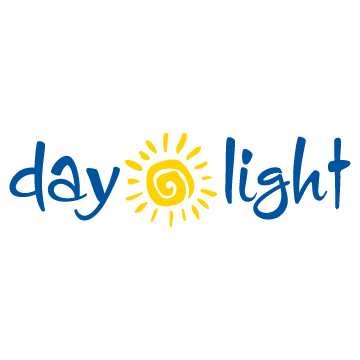
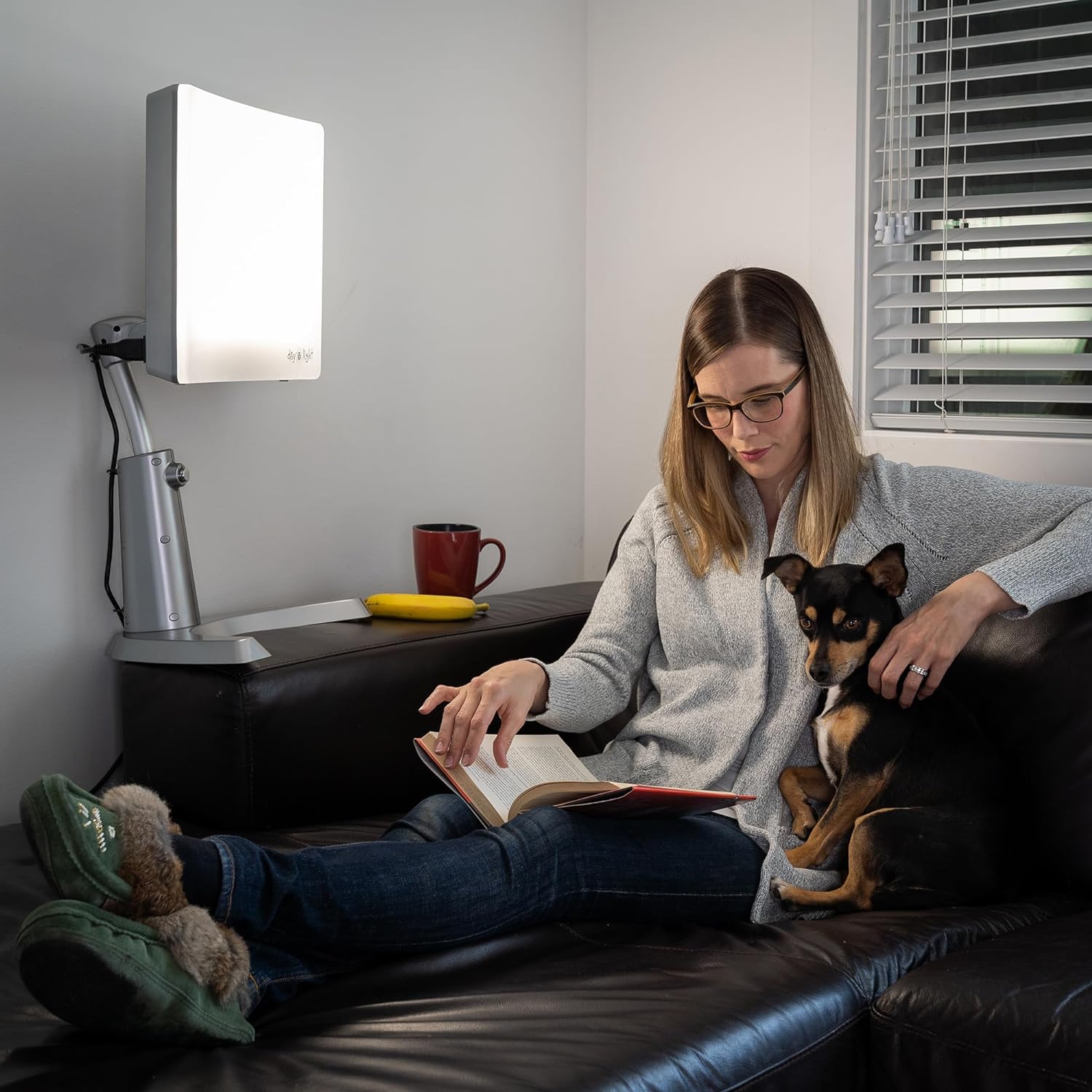
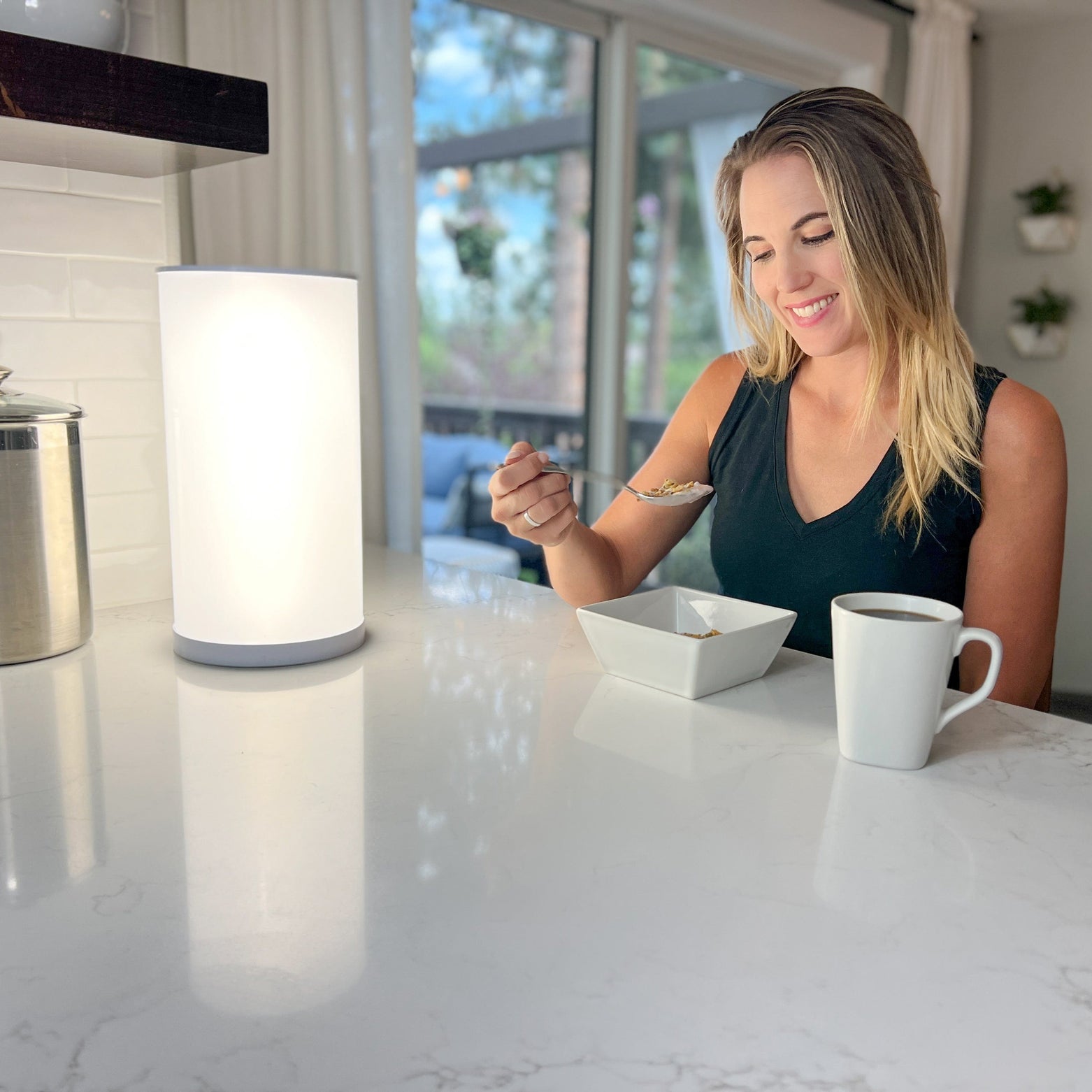
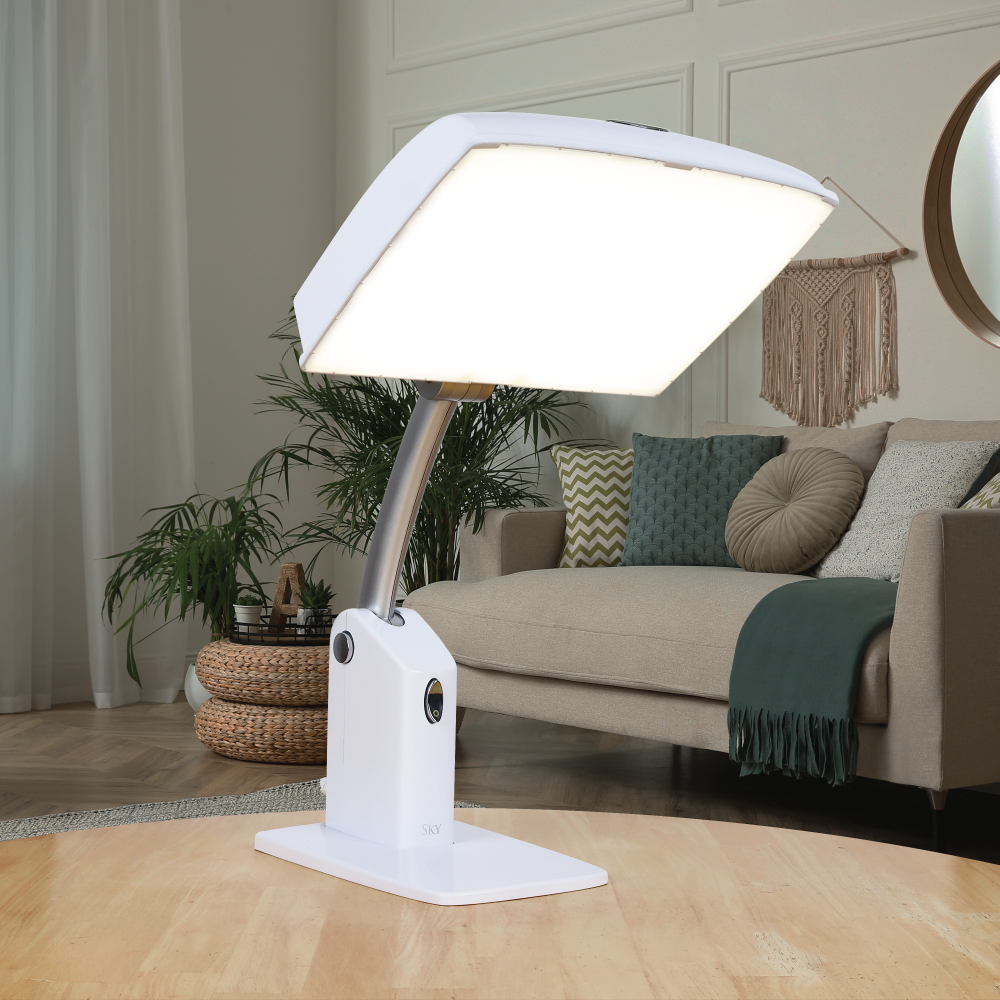
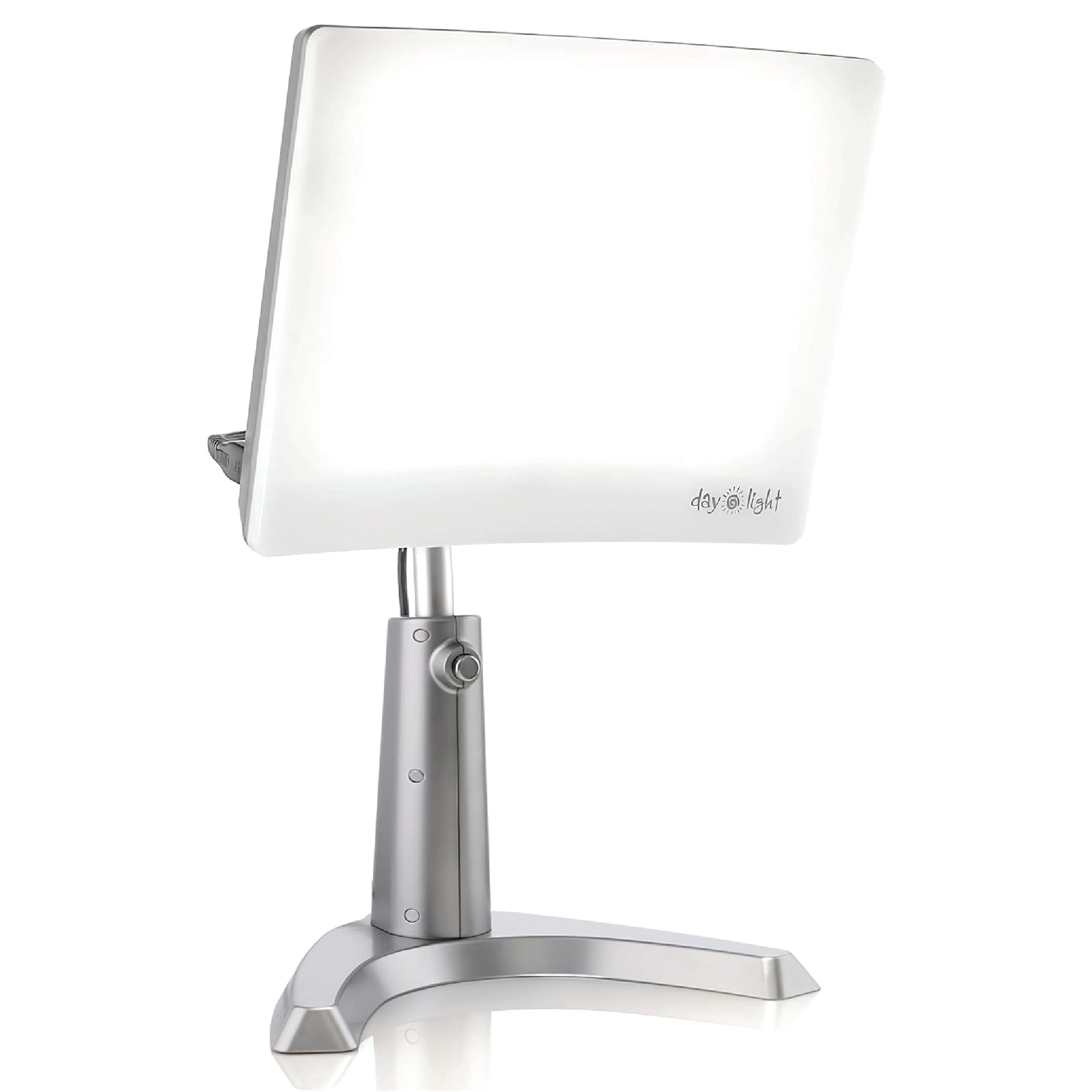
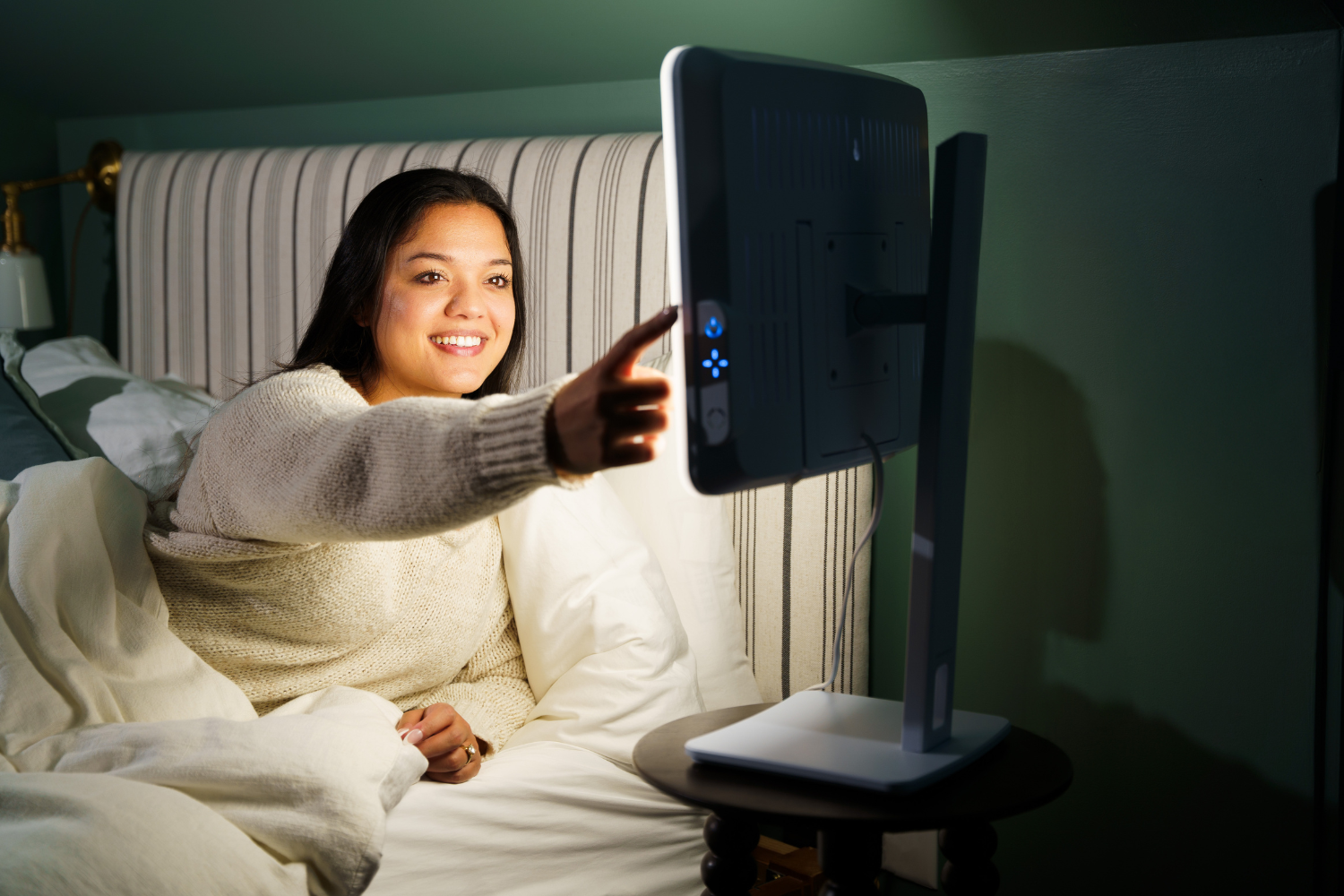


Leave a comment
All comments are moderated before being published.
This site is protected by hCaptcha and the hCaptcha Privacy Policy and Terms of Service apply.